Goth Chick News: A Perfect Day
“A ‘celebrity show’.”
I’m chatting with my sometimes-Goth-Chick-News-photographer Chris and I’m afraid this is yet another attempt on his part to talk me into doing something questionable. Like the time we covered a Halloween celebration at a world-class amusement park and he convinced me to ride one of the US’s largest wooden roller coasters… backwards.
I’m wondering if this latest suggestion will also result in throwing up on myself.
As it turns out, he is proposing we attend an event at a hotel in downtown Chicago. Apparently, the premise is that movie and TV stars set up tables and for a fee you can have your picture taken with them and have a little chat.
They will also sign items you bring with you (also for a fee). If you ever wondered where those eBay sellers get Happy Days lunch boxes signed by ‘The Fonz,’ this is apparently the source.
Chris is pushing a flyer into my hands listing all the attending celebrities and assuring me I will, without a doubt, get material for Black Gate out of the venture.
At first perusal, I can’t identify a single “celebrity” on the list. But two of them self-identify as “adult film stars.”
Seriously…?

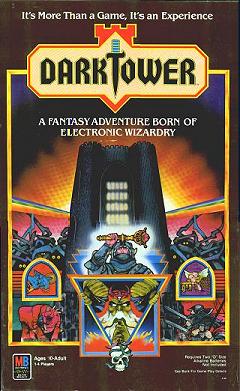
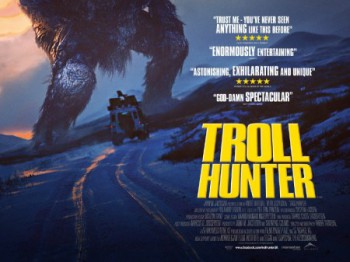 TrollHunter (2011)
TrollHunter (2011)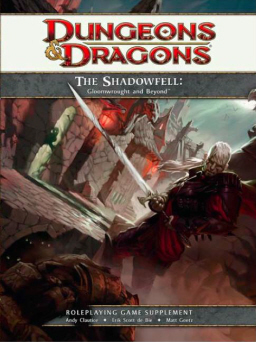

 I’m going to take a break this week from the Romanticism and Fantasy posts, because I’ve just finished a fascinating book, and I’d like to talk about it. It’s not a new book, and it’s not a fiction book. It is in fact mainly a collection of interviews about a comic-book character who hasn’t seen print (officially) in almost twenty years. The book is called Kimota!, and the character has been known both as Miracleman and, originally, Marvelman.
I’m going to take a break this week from the Romanticism and Fantasy posts, because I’ve just finished a fascinating book, and I’d like to talk about it. It’s not a new book, and it’s not a fiction book. It is in fact mainly a collection of interviews about a comic-book character who hasn’t seen print (officially) in almost twenty years. The book is called Kimota!, and the character has been known both as Miracleman and, originally, Marvelman.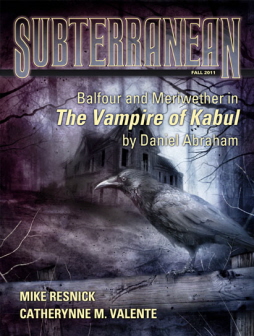
 A man of great height and greater girth, Judge Keith Hilary Pursuivant, after retiring from the bench, devoted his golden years to investigating the occult in the works of North Carolina author,
A man of great height and greater girth, Judge Keith Hilary Pursuivant, after retiring from the bench, devoted his golden years to investigating the occult in the works of North Carolina author, 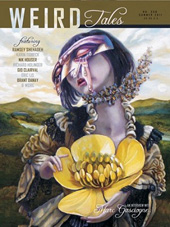 As usual, I’m behind the curve. I was delighted when I first heard that Ann VanderMeer was taking over Weird Tales but never got around to reading an issue under her direction because, well, I just never got around to it. Alas, now she’s been relegated to the slush pile as a new owner wants to return the magazine back to its pulp Lovecraftan roots (although, the
As usual, I’m behind the curve. I was delighted when I first heard that Ann VanderMeer was taking over Weird Tales but never got around to reading an issue under her direction because, well, I just never got around to it. Alas, now she’s been relegated to the slush pile as a new owner wants to return the magazine back to its pulp Lovecraftan roots (although, the